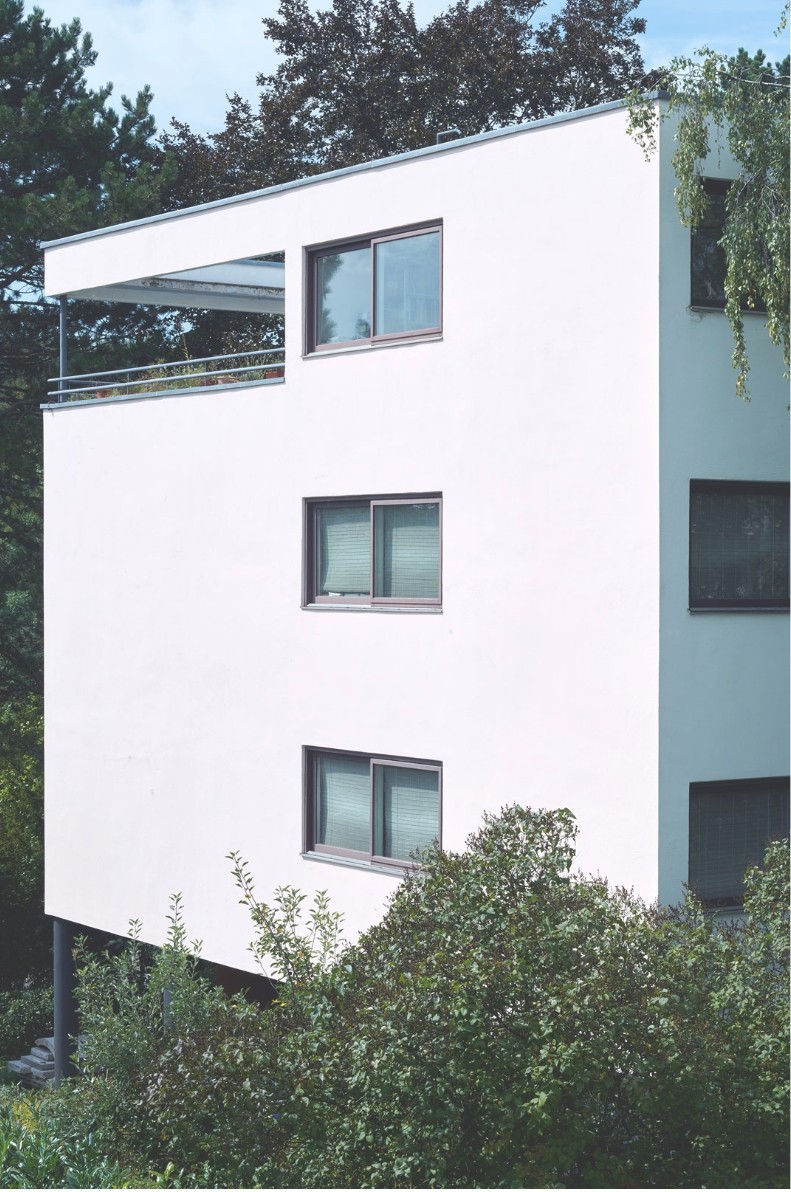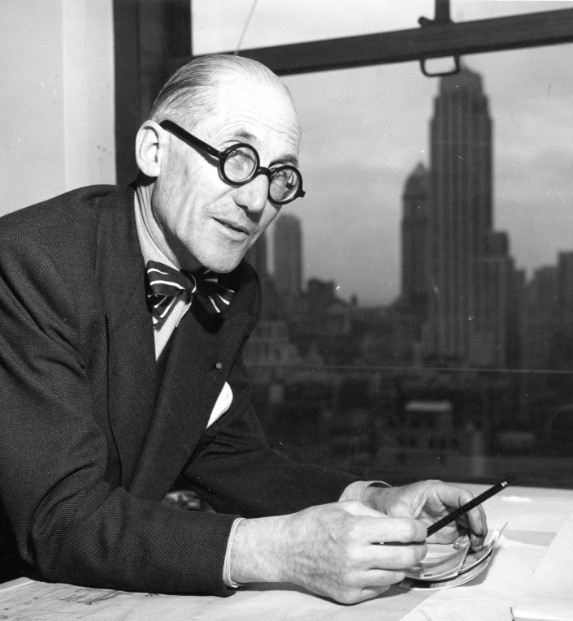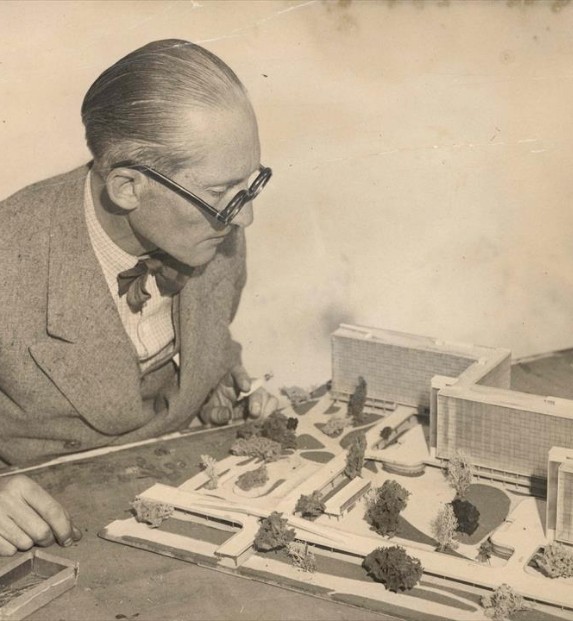After four centuries of architecture based on the imitation and interpretation of architectural styles inherited from Greco-Roman antiquity and a century of historical revival, the architects of the Western avant-garde of the 20th century broke completely with these styles from the past. They reject the vocabulary, the rules of composition, the decor, the design methods, the site practices. They invent modern architecture.
The architectural work of Le Corbusier, whose impact is amplified by his publications and conferences, represents a fundamental contribution, and of a unique magnitude, in the service of the invention of modern architecture.
The selection of the constituent elements within the architectural work of Le Corbusier led to the selection of those which, all brought together in a group, contribute significantly to the attributes which constitute the Outstanding Universal Value of the Property. The architectural work of Le Corbusier provides an exceptional set of answers to the major questions that the Modern Movement has been asking itself over half a century. The architectural work of Le Corbusier does not claim to represent the Modern Movement on its own, but it has sufficient integrity to embody an exceptional contribution over nearly half a century of its existence.
Source:
nomination file for the inscription p.81 II-(b)/History and development of the Property/p.232 III-1(c)/Integrity of the Property
https://lecorbusier-worldheritage.org/en/documents/




